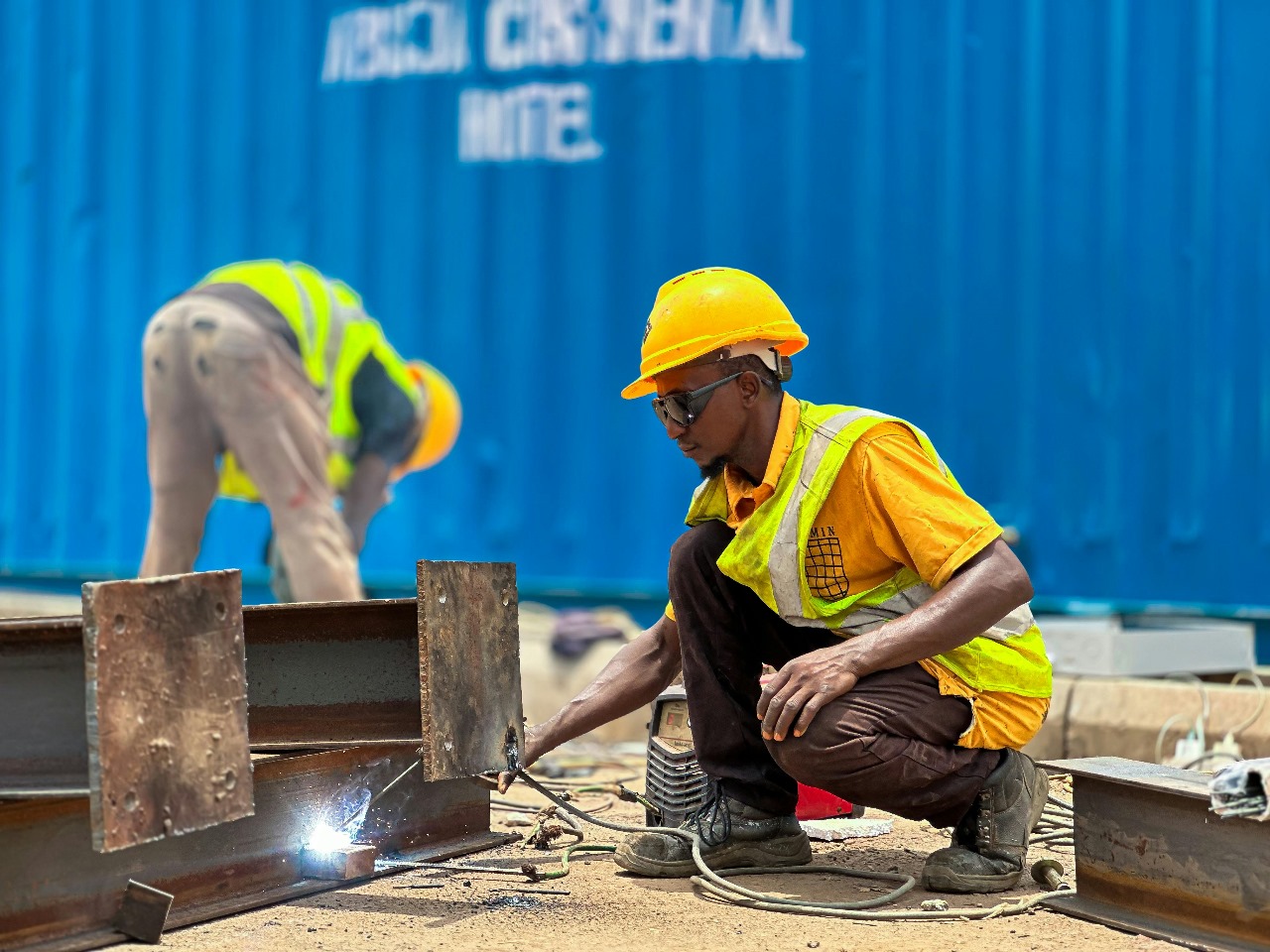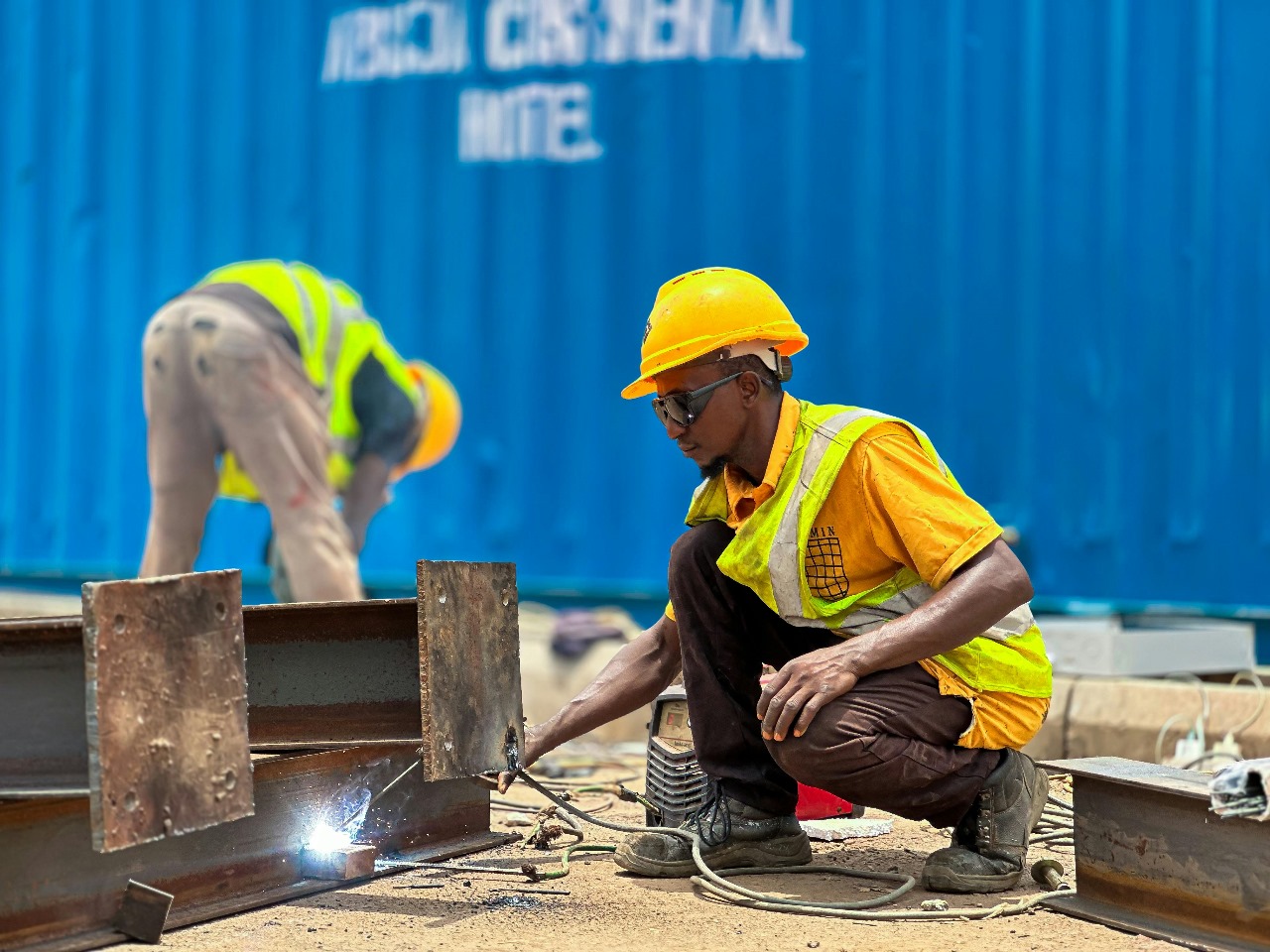
When it comes to apprenticeships in California’s construction industry, one form stands out as both crucial and time-sensitive — the das 140. Missing deadlines or misunderstanding the requirements can put your project in violation of state labor laws and create unnecessary delays. Whether you’re a contractor bidding on public works, an employer planning to hire apprentices, or an administrator ensuring compliance, knowing the ins and outs of DAS 140 is essential.
In this guide, we’ll break down everything you need to know — from what the DAS 140 is, to its deadlines, requirements, and best practices for avoiding costly mistakes.
Understanding the DAS 140 Form
The DAS 140 is the “Public Works Contractor Registration – Notice of Contract Award” form, officially known as the Notice of Contract Award for Apprenticeship. It is required by the California Division of Apprenticeship Standards (DAS) to notify approved apprenticeship programs when a contractor is awarded a public works project.
This form helps ensure that registered apprenticeship programs have the opportunity to dispatch apprentices to your job site in compliance with California’s apprenticeship laws.
Why the DAS 140 Matters
- Legal compliance – Filing ensures you meet the requirements of California Labor Code Section 1777.5.
- Apprenticeship opportunities – Allows apprenticeship programs to provide apprentices for your projects.
- Avoid penalties – Non-compliance can result in fines, loss of bidding eligibility, or even contract termination.
DAS 140 Deadlines You Must Meet
Understanding DAS 140 deadlines is critical because timeliness directly affects compliance.
Initial Filing Deadline
Contractors are required to submit the DAS 140 within 10 working days of the contract award on any public works project in California valued at $30,000 or more.
Example: If you are awarded a project on March 1st, you must submit the DAS 140 to all applicable apprenticeship programs no later than March 15th (excluding weekends and legal holidays).
Pre-Bid Notice
While the DAS 140 itself is submitted after contract award, contractors must also be aware of pre-bid notifications. In some cases, contractors may submit an Intent to Employ Apprentices (DAS 142) alongside or shortly after the DAS 140 to signal their need for apprentices.
Ongoing Compliance
Even after the initial filing, contractors must maintain communication with apprenticeship programs if:
- Project scope changes significantly.
- More apprentices are needed later in the project.
- There’s a change in subcontractors impacting apprentice participation.
DAS 140 Requirements for Contractors
Filing the DAS 140 isn’t just about meeting a date — it’s also about meeting content requirements.
Required Information
The DAS 140 must include:
- Contractor information – Business name, address, and license number.
- Public agency information – Name of awarding body and contact details.
- Project details – Name, location, and description of work.
- Apprenticeship program notification – Identification of the applicable apprenticeship committee(s) for the trade(s) involved.
- Estimated start date – Project start date for apprentice dispatch planning.
Correct Apprenticeship Program Selection
You must send the DAS 140 to:
- All approved apprenticeship committees for each craft or trade involved in the project.
- Programs located in the project’s geographic area.
Failing to notify all relevant programs can result in non-compliance, even if you send the form on time.
How to Submit the DAS 140
Step 1: Identify Relevant Apprenticeship Committees
Visit the California Division of Apprenticeship Standards’ website to locate programs by trade and county.
Step 2: Complete the Form Accurately
Ensure all fields are correct and avoid common errors such as wrong license numbers or incomplete project details.
Step 3: Deliver the Form
Send via certified mail or other traceable delivery methods to prove compliance in case of disputes.
Step 4: Keep Documentation
Maintain a record of:
- Completed forms.
- Proof of delivery.
- Any correspondence with apprenticeship programs.
Common Mistakes to Avoid with DAS 140
Missing the 10-Day Deadline
Many contractors overlook the 10-working-day rule and submit late, risking fines.
Incomplete Notifications
Sending the form to only one apprenticeship program instead of all relevant programs in the area can trigger compliance issues.
Incorrect Project Start Dates
Providing inaccurate start dates can cause apprentice dispatch delays.
Not Keeping Records
Without proof of submission, it becomes difficult to defend against claims of non-compliance.
Best Practices for DAS 140 Compliance
Set a Filing Reminder
Create a compliance checklist and set calendar alerts to ensure timely submissions.
Train Your Administrative Team
Ensure project managers and office staff understand DAS 140 requirements and deadlines.
Use Certified Mail or E-Submission (Where Accepted)
This ensures you have documented proof of compliance.
Coordinate with Apprenticeship Programs Early
Building good relationships with programs can make dispatch requests smoother and reduce delays.
Why Compliance with DAS 140 Benefits Everyone
Meeting DAS 140 deadlines and requirements doesn’t just protect you legally — it benefits the entire construction industry. It helps:
- Promote workforce development by giving apprentices valuable hands-on experience.
- Maintain fair competition by ensuring all contractors follow the same rules.
- Support public trust in taxpayer-funded projects by ensuring proper labor standards are met.
Conclusion
The DAS 140 is more than just a bureaucratic requirement — it’s a vital link between contractors and the future workforce. By understanding its deadlines, mastering its requirements, and avoiding common mistakes, contractors can maintain full compliance, avoid costly penalties, and contribute to a stronger construction industry. If you’re awarded a public works project in California, remember: submit your DAS 140 within 10 working days, notify all relevant apprenticeship programs, and keep thorough documentation. Doing so ensures legal compliance, smooth project execution, and continued eligibility for future public works contracts.





